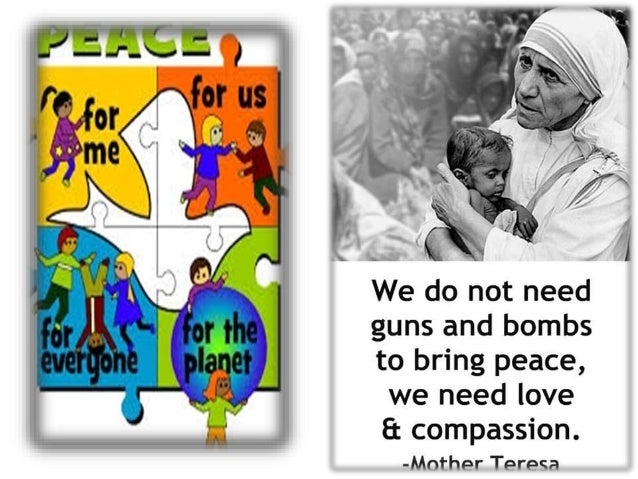By — Shyamal Sinha
Promoting a culture of peace and non-violence through education is one of UNESCO’s core missions. However, with 50 per cent1 of the world’s out-of-school children living in conflict affected countries, this remains a formidable challenge. There is indeed a need for increased attention to ensure education systems help build peaceful and sustainable societies. This includes integrating education for peace and conflict prevention, as and when appropriate, across the entire education system .
“KHMS (Kulachi Hansraj Model School, established in 1972 in India with 7,000 students) has decided to include the HWPL Peace Curriculum in its classes from last year, a systematic course in which the lessons of empathy, kindness, and peace necessary for this era are properly structured,” said Mrs. Rashmi Kathuria, Supervisory Head of the school that trained 9 educators for peace education.
HWPL, an international NGO aimed at peace projects, has been actively conducting peace education and educator training in 53 countries despite the outbreak of pandemic. More than 2,000 people from 31 countries participated in the peace educator training program and over 400 of them were appointed as formal peace educators.
Ms. Faiza Waris, a teacher at American Lyceum International school Kahna Campus in Pakistan, who completed the Program expressed, “As an educator, this lecture presented answers to many questions that I pondered every day, and it was nice to be able to think more openly by sharing ideas and interacting with many colleagues. I also felt that I wanted to teach my students properly so that their religion would not be misunderstood or that would harm the peace.”
“The 9th lesson of the 12 in the peace education textbook, ‘Courtesy towards Adults,’ was to return the love received from parents, and taught to express the gratitude for the passion and sacrifices the teachers make. To show the appreciation to their parents and teachers, we are trying to get the students to help with housework or write a thank-you note to express their feelings.”, Mrs. Kanta Saadat, the principal of Singapore School Kinderland in Bangladesh also commented.
In particular, Ms. Firoza Muradi, a teacher at Mukhtar School in Afghanistan said, “I love the ‘Forgiveness’ class, which shows how peace can help people who are hurting and suffering. I have become more committed to supporting peace. My goal is to become a peace educator, and HWPL Peace Education is a curriculum that correlates to the expectations of the teachers that I wish for. I wish for my students to be able to work for peace as they continue this education. Then we will be able to make a link of peace network in Afghanistan.”
Meanwhile, while all parts of the world are suffering from violence, killing, and severe human rights abuses caused by conflicts between religions and ideologies, it is suggesting that Afghanistan and neighboring countries are expressing the need for peace by participating in peace education activities.
The education system will also need to respond to changes to Education for Peace curriculum by ensuring that all teaching resources and learning materials contribute to effective learning. With regard to textbooks, the response depends on the model chosen to embed Education for Peace learning.













